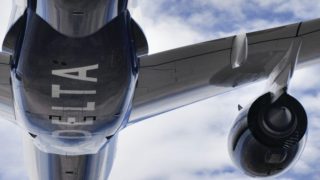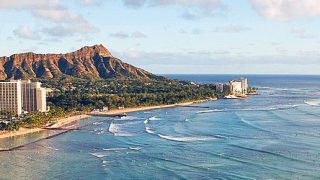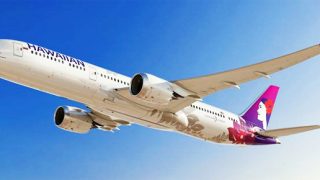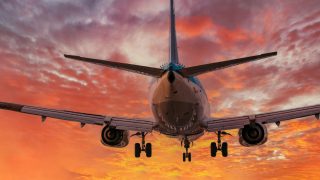A new FAA notice related to safety and Hawaii flights caught our attention. We may think twice about a window seat until this issue is resolved on 737 MAX flights.
Today’s notice which is set to become a rule on Thursday relates to a system found on 737 MAX aircraft that has the potential for overheating engine housing components. The FAA said airlines must limit using an anti-icing system on these planes to avoid the problem. Given the seriousness of the issue, the order goes into effect in 15 days without comment or input from airlines.
Our first thought was, how does an icing issue impact Hawaii?
We think about deicing on the ground during cold weather on the mainland. But what we didn’t know is that anti-icing can occur in flight. At 40,000 feet, the temperature outside is -70 degrees Fahrenheit. Any cloud containing liquid water can present a significant icing environment. That also includes drizzle or rain. Another issue is snow mixed with liquid water like cloud droplets.
These can all contribute to the hazardous frozen deposits in flight. Anti-icing systems use heat to stop ice from forming. As soon as moisture touches your plane, the heat will evaporate it back into the atmosphere.
These Airlines fly 737 MAX planes to Hawaii
- Alaska Airlines flies 737 MAX 9 on routes connecting the Pacific Northwest and California to Hawaii.
- Southwest flies 737 MAX 8 on Arizona, California, and Nevada routes to Hawaii.
- United Airlines flies 737 MAX 8 on routes connecting California and Hawaii.
Potential for a serious problem at the window seats.
According to the FAA, if the engine inlet were to get overheated, parts of the cowling could detach and strike a window causing possible decompression and putting window passengers at risk. While the agency said there had been no reports of overheating, the problem was uncovered during flight testing and analysis this summer.
“Boeing has identified measures to mitigate the potential issue and (is) working with our customers to deploy those measures while a permanent fix is developed.”
Boeing
The FAA will require that pilot flight manuals dictate that airlines not use engine anti-ice in dry air for more than five minutes. Were parts to break off, the FAA said they could damage a window or worse.
“During certain combinations of altitude, total air temperature” and engine settings, the engine inlet inner barrel could be heated beyond its design limit. That could cause the inlet barrel to fail and damage a piece of housing called the inlet cowl.”
FAA
Entirely unrelated to the two deadly Boeing MAX crashes in 2018/2019.
Nonetheless, the FAA and Boeing are seeking to stay ahead of any aircraft issues. That did not happen in the 2018 crash, in which Boeing did not notify airlines of the automated flight control system issue until after that first accident.







So, were just playing Russian roulette flying these days. The A321 Neo and the plagued 737 max. WHo is running Boing and Airbus these days. Used to build reliable aircraft. I’ll take a 747 or 757 any day of the week. Best aircraft ever built. Thanks guys for the info.
Thank you for the info. Generally once you know something is a problem, it goes past being a problem.
I would Never fly a 737 max !!!! That plane is a death trap
I flew 737s at Aloha for 15 years. The only time l needed anti ice was winter flying into Vancouver
One more very good reason to Never fly on a 737 MAX!
Thats not a good reason.
Oh? Please enlighten me, Paul. Why not? And what is a good reason in your mind?
Aloha, and mahalo for always keeping us informed of all-things-Hawaii… especially things like this that may otherwise go under-the-radar and unreported.
Much Aloha!
Hi Peter.
Thanks for your nice words, other comments, and your suggestion (which we kept private). Mahalo.
Aloha.